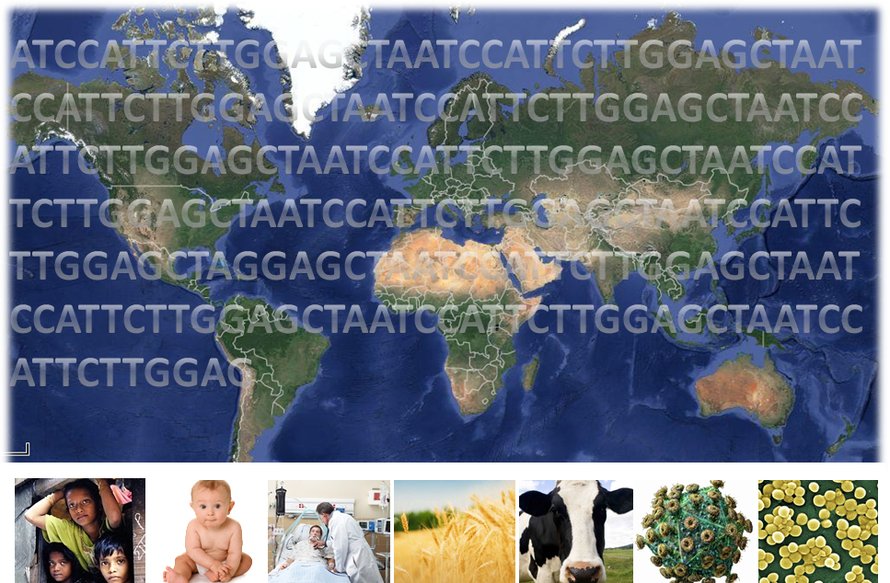Diagnostics for Global Health
Our lab is pioneering the development of advanced diagnostic devices and assays capable of ultrasensitive, quantitative biomarker measurements. Such technologies are poised to revolutionize medicine—providing rapid point-of-care (POC) diagnoses under a variety of settings outside of clinical labs.
We have developed numerous microfluidic technologies (including SlipChip and droplet-based microfluidics for chemical and biological reactions, which is now used ubiquitously for single-molecule and single-cell analyses). Microfluidics enables ultrasensitive, quantitative biomarker measurements, and provides tools with which to control and understand the dynamics of complex chemical and biological networks. We also employ single-molecule technologies, mathematical modeling, engineering principles, microbiology, and clinical data in our work.
Leveraging our diverse expertise, the lab responded to the COVID-19 pandemic in 2020 by launching a large community-based household-transmission study, which was funded by the Gates Foundation and the Ronald and Maxine Linde Center for New Initiatives at Caltech and was performed in collaboration with local public health departments: https://covid-study.caltech.edu/ This study has yielded unique insights into the best diagnostic strategies for detecting early respiratory infections.
One ongoing area of focus in our lab is developing tools capable of rapidly detecting antibiotic susceptibility. The liberal use and misuse of antibiotics has led to an impending global health crisis: the widespread development of antibiotic resistance. Prescribing correctly and achieving antibiotic stewardship critically depend on healthcare providers learning the results of an antibiotic susceptibility test (AST) during a patient's visit. Such a test simply does not exist—even in hospital settings. We have been developing new rapid phenotypic ASTs that work on point-of-care timescales. Progress in the AST field has been stymied because fundamental questions remain unanswered. We are using a combination of biological, mathematical, and computational approaches to answer these critical questions. In parallel, we apply this knowledge to develop ASTs that can quickly determine the susceptibility of bacteria to antibiotics. We recently developed an AST method that works with β-lactams, the major antibiotic class for gram-negative infections, and can even correctly categorize resistant isolates that are undetectable by current genotypic methods.
Challenges We Work To Solve in Our Lab
How do we make quantitative, ultrasensitive molecular measurements accessible to anyone, anywhere?
How do we genotype viruses, measure viral load, and detect antibiotic resistance under limited-resource settings?
How do we create devices/architectures that can be operated by untrained users, without a lab or equipment?
What are the mechanisms of single-molecule amplification reactions; how do we design robust amplification schemes?

